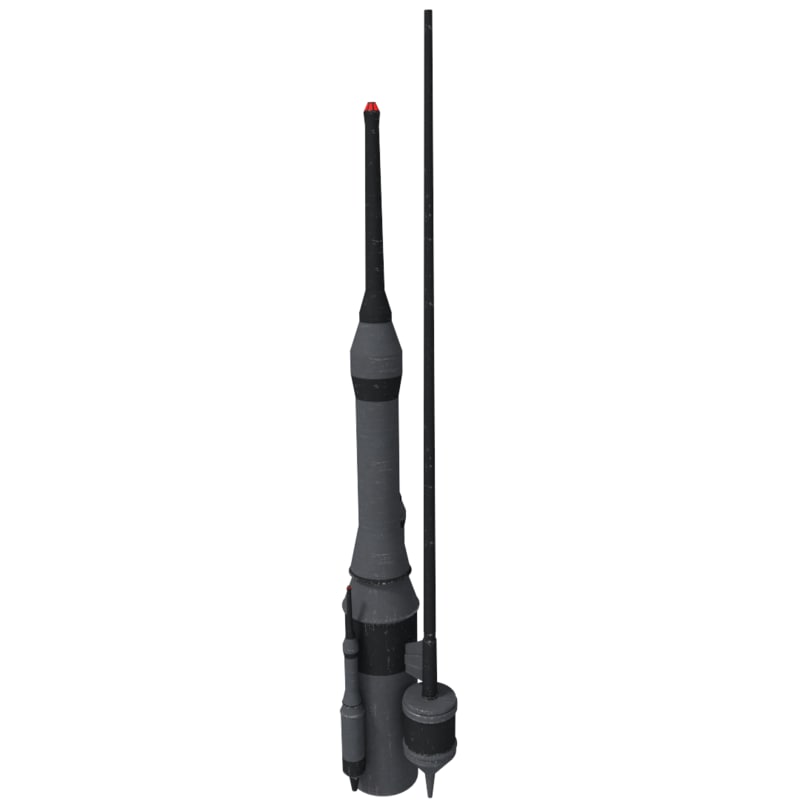K i n g

OUT OF CHARACTER INFORMATION
- Intent: To create a device for more accurate Hyperspace tracking.
- Image Source: Sci Fi Antenna
- Canon Link: N/A
- Restricted Missions: N/A
- Primary Source: N/A
PRODUCTION INFORMATION
- Manufacturer: Malvern Shipping & Trade
- Model: ST-1
- Affiliation: Closed-Market
- Modularity: No
Production: Mass-Produced- Material: Plasteel, Glasteel, Circuitry
SPECIAL FEATURES
- Exact Tracking: This device is capable of near-pinpoint hyperspace tracking.
Strengths:
- Master Tracker: Most ships above a Frigate may be tracked to an exact location while still in Hyperspace Travel.
Weaknesses:
- Not Infallible: Still in it's core stages of development, the Hyperspace tracker is incapable of pinpoint tracking a Class 1 Hyperdrive, it can give rough estimates of where the ship is, however it is merely too fast for this device's tracking systems.
- EMP Susceptible: EMP/ION technology renders this device useless.
DESCRIPTION
Hyperspace tracking has remained a vague and imprecise science for most of it's existence. Years of experimentation, most ending in failure, resulted in the realization that Hyperspace tracking could only be accomplished through the exploitation of Soliton waves. Using technology found in a Soliton Antenna, the Soliton tracker picks up on the waves left as a ship moves into Hyperspace. The size and longevity of these waves are used when factoring into the Hyperspace Tracking System. A computer would then use the information input by both systems to create a pinpoint trajectory system.
Hyperspace tracking has remained a vague and imprecise science for most of it's existence. Years of experimentation, most ending in failure, resulted in the realization that Hyperspace tracking could only be accomplished through the exploitation of Soliton waves. Using technology found in a Soliton Antenna, the Soliton tracker picks up on the waves left as a ship moves into Hyperspace. The size and longevity of these waves are used when factoring into the Hyperspace Tracking System. A computer would then use the information input by both systems to create a pinpoint trajectory system.
While this device began with a significant degree of success, there were many problems that came from the device, chief among them being that Class 1 Hyperdrives and faster are still too fast to be tracked through such unconventional means.











